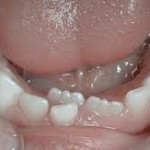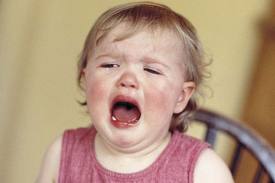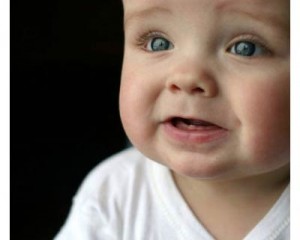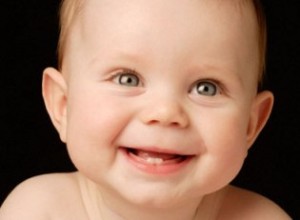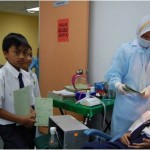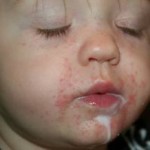Suckling vs. sucking
Suckling
Suckling is a normal physiological reflex in infants, which consists of small nibbling movements of the lips. The movements stimulate the smooth muscles surrounding the milk ducts of the lactating mother to contract and squirt milk into the infant’s mouth. When the milk is squirted into the mouth, it is only necessary for the infant to groove the tongue to allow the milk to flow back into the throat. The tongue, however, must be placed front to contact with the lower lip, so that the milk is in fact deposited on the tongue. The tongue-to-lip apposition is so common that it is usually adopted at rest, and it is frequently possible to gently move the infant’s lower lip and notice that the tongue tip moves with it, almost as if they were glued together. The suckling reflex normally disappears during the first year of life.
 Sucking
Sucking
Nearly all modern infants engage in some sort of habitual non-nutritive sucking– thumb- or finger-sucking or sucking of a similarly shaped object. A vast majority do so during the period from 6 months to 2 years or later. Continue reading →
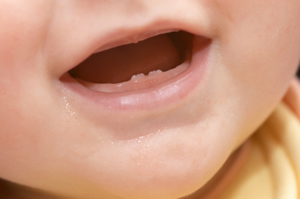
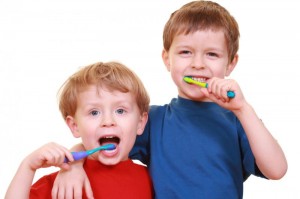
 Sucking
Sucking